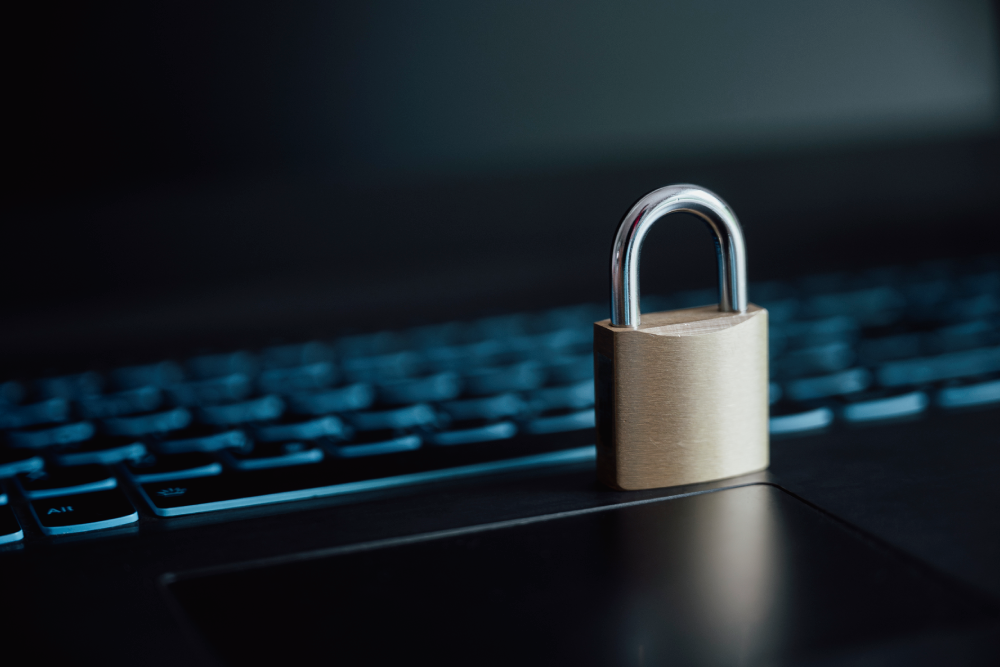8 Essential Methods to Secure Your WordPress Website
8 Essential Methods to Secure Your WordPress Website

In today’s digital landscape, the security of your WordPress website is paramount. With over 40% of the internet powered by WordPress, it’s no surprise that it’s a prime target for cyber threats. However, by implementing the following methods, you can fortify your site against malicious attacks and safeguard your valuable data.
1. Keep WordPress Updated
Regular updates are not just about adding new features; they are critical for addressing security vulnerabilities. According to statistics from Sucuri, a leading WordPress security plugin, outdated software is the most common reason for website compromises, with 50.58% of hacked CMS sites running outdated versions. By staying up to date with WordPress core, themes, and plugins, you can patch known vulnerabilities and keep hackers at bay.
2. Use Strong Passwords
Weak passwords are akin to leaving the front door of your website wide open for attackers. Shockingly, about 50% of hacking-related breaches involve compromised or weak passwords, as reported by Verizon’s Data Breach Investigations Report. Encourage users to use complex passwords and consider implementing a password policy that requires a combination of uppercase and lowercase letters, numbers, and special characters. Additionally, regularly remind users to update their passwords to minimise the risk of unauthorised access.
3. Limit Login Attempts
Brute force attacks, where hackers try to gain access by guessing usernames and passwords, are a common threat to WordPress websites. By limiting the number of login attempts, you can thwart these attacks and protect your site from unauthorised access. According to WPScan, a WordPress security service provider, brute force attacks will likely be the main method of entry in 2024. Implementing a plugin to limit login attempts can significantly reduce the likelihood of a successful breach.
4. Enable Multi-Factor Authentication (MFA)
Multi-factor authentication adds an extra layer of security by requiring users to provide a second form of verification, such as a code sent to their mobile device, in addition to their password. According to Microsoft, enabling MFA can prevent up to 99.9% of automated attacks enabling MFA can prevent up to 99.9% of automated attacks. By requiring MFA for administrator accounts, you can significantly enhance the security of your WordPress website and mitigate the risk of unauthorized access.
5. Use HTTPS
HTTPS encrypts the data transmitted between your website and its visitors, ensuring that sensitive information remains secure. Websites without HTTPS are much more likely to be compromised. Installing an SSL certificate and enabling HTTPS not only protects your users’ data but also boosts your site’s credibility and search engine rankings.
6. Disable File Editing
By default, WordPress allows administrators to edit theme and plugin files directly from the admin dashboard. However, this feature can pose a security risk if unauthorised users gain access to the admin area. Disable file editing to prevent potential attackers from injecting malicious code into your site’s files.
7. Implement Security Plugins
Security plugins like Wordfence, Sucuri Security, and Solid Security provide comprehensive protection against various threats, including malware, brute force attacks, and unauthorised access attempts. Installing a reputable security plugin and configuring it to monitor your site for suspicious activity and block malicious traffic will greatly increase your level of security.
8. Backup Regularly
Despite your best efforts, security breaches can still occur. Regular backups ensure that you can quickly restore your site to a previous state in the event of a compromise. According to a survey by Backblaze, 54% of respondents experienced data loss but only 10% were backing up daily. Set up automated backups of your site’s files and database, and store them securely offsite or in the cloud for added redundancy.
In conclusion, securing your WordPress website requires a proactive approach and a combination of measures. By keeping your software updated, using strong passwords, limiting login attempts, enabling MFA, implementing HTTPS, disabling file editing, installing security plugins, and backing up regularly, you can significantly reduce the risk of a security breach and protect your valuable data from harm. Remember, investing in security today can save you from costly repercussions tomorrow.
